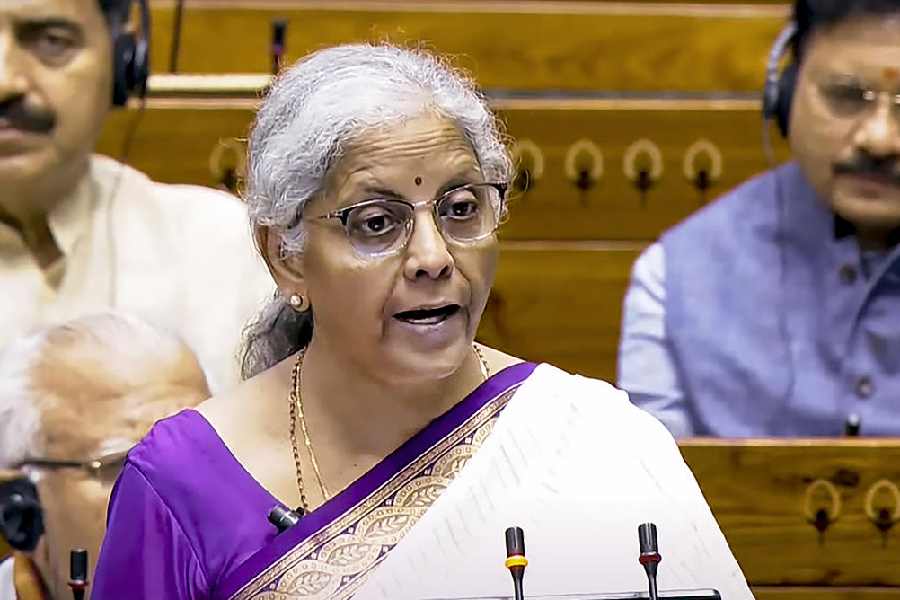India's average household spending on food has fallen to less than half for the first time since 1947, according to a recent working paper by the Economic Advisory Council to the Prime Minister (EAC-PM).
The paper titled 'Changes in India's Food Consumption and Policy Implications: A Comprehensive Analysis of Household Consumption Expenditure Survey 2022-23 and 2011-12' further said significant changes were unfolding in India's food consumption pattern.
According to the paper, the share of total household expenditure on food declined substantially in rural and urban areas across all states and UTs.
"It is the first time in modern India (post-independence) that average household spending on food is less than half the overall monthly spending of households and is a marker of significant progress," it said.
The paper is a comprehensive analysis of the Household Consumption Expenditure Survey 2022–23 and comparison with 2011–12.
"Overall, there has been a significant increase in households' average monthly per capita expenditure across rural and urban India across all states and UTs," the paper said, adding that the magnitude of the rise is substantial but varies across states and regions.
For example, the paper says among rural areas, West Bengal has seen a consumption expenditure growth of 151 percent in the period between 2011-12 and 2022-23, while Tamil Nadu witnessed a growth of approximately 214 percent.
Sikkim witnessed a consumption expenditure growth of a massive 394 percent.
"Overall, we find that growth for rural households was higher than for urban households, 164 per cent for rural households versus 146 per cent for urban households," it said.
According to the paper, within food items, the share of expenditure on cereal has declined significantly across rural and urban areas.
However, it pointed out that this decline was more substantial for the bottom 20 percent of the households in rural and urban areas.
"In all likelihood, this reflects the effectiveness of the government's food security policies, which provide free food grains to large numbers of beneficiaries across all states of the country, with a particular focus on the vulnerable bottom 20 percent of households," the report noted.
The paper suggested that agriculture policies would have to be tailored beyond cereals, whose consumption was declining across all wealth classes of society.
At the same time, support policies like MSP, which overwhelmingly targets cereal procurement, will have a limited impact on the welfare of farmers.
Across regions and consumption classes, the paper observed a significant increase in the share of household expenditure on served and packaged processed food.
"This increase was universal across the classes but more pronounced for the country's top 20 percent of households and significantly more in urban areas," it said.
While food processing is a growth sector and a significant creator of jobs, the report notes that this rising consumption of processed and packaged food will also likely affect health outcomes.
It also opined that further research is needed to understand the nutritional implications of the growing consumption of packaged processed foods.
"Policies may be required to regulate the nutritional content of these foods and promote healthier alternatives," the report said.
Except for the headline, this story has not been edited by The Telegraph Online staff and has been published from a syndicated feed.











